What Is Western Honeysuckle – How To Grow Orange Honeysuckle Vines
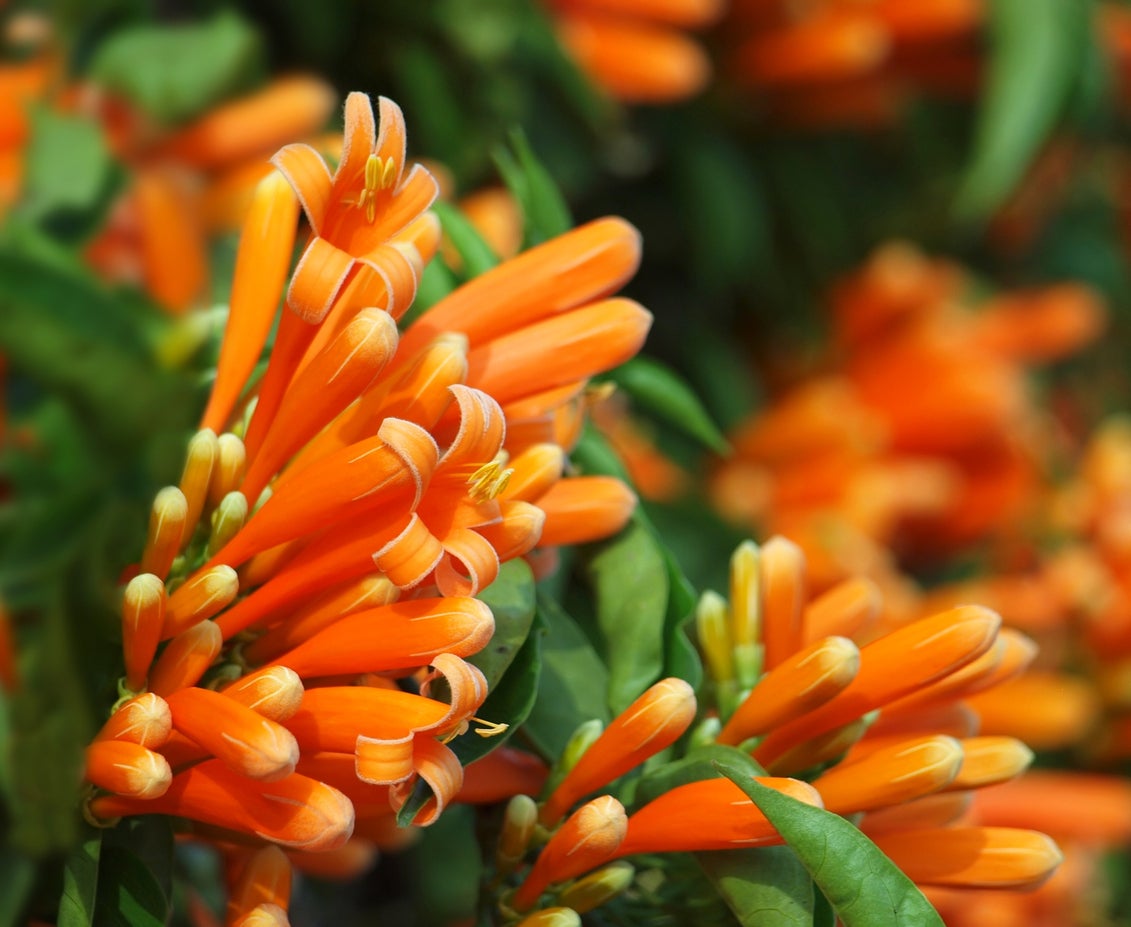

Western honeysuckle vines (Lonicera ciliosa) are evergreen flowering vines that are also known as orange honeysuckle and trumpet honeysuckle. These honeysuckle vines climb up some 33 feet (10 m.) and decorate the garden with sweet smelling, orange blossoms. Read on for information about these vines including tips on how to grow orange honeysuckle.
What is Western Honeysuckle?
This North American native vine produces lovely, fragrant flowers. Bees and hummingbirds love western honeysuckle vines for the fragrant, trumpet-shaped blossoms that are rich in nectar. Kids also love to suck the sweet nectar from the base of a honeysuckle flower.
Gardeners, on the other hand, appreciate the way these vines twine their way up fences and trellises or ramble over trees. They provide year-round greenery as well as brilliant flowers in season.
Western honeysuckle vines bloom in late spring. The orange-red flowers hang in clusters at the tip of branches. True to their common name, the flowers look like narrow trumpets. These develop into orange-red fruit that wild birds appreciate.
How to Grow Orange Honeysuckle
If you want to start growing orange honeysuckles, select a site that gets some sun. Western honeysuckle vines do well in a sunny or partially sunny site. These vines grow best (and western honeysuckle care is easiest) in mild or cool regions. Plant them in USDA plant hardiness zones 4 through 8.
The native range of this variety extends from British Columbia south to California, and east to Montana and Utah. You’ll have a harder time growing these honeysuckles in hot areas where the soil is dry. You can start the vine by planting seeds or by propagating it from cuttings of mature wood.
Western honeysuckle care is easiest if you plant the vine in moist soil. Don’t worry about perfect drainage with this variety, since it grows in clay as well as loam. Moderate drainage is sufficient.
Gardening tips, videos, info and more delivered right to your inbox!
Sign up for the Gardening Know How newsletter today and receive a free copy of our e-book "How to Grow Delicious Tomatoes".
Remember that this is a twining vine. That means that you should determine in advance where you want it to ramble and set up trellises or other structures. If you do not, it will twine up anything in its growing area.

Teo Spengler is a master gardener and a docent at the San Francisco Botanical Garden, where she hosts public tours. She has studied horticulture and written about nature, trees, plants, and gardening for more than two decades. Her extended family includes some 30 houseplants and hundreds of outdoor plants, including 250 trees, which are her main passion. Spengler currently splits her life between San Francisco and the French Basque Country, though she was raised in Alaska, giving her experience of gardening in a range of climates.
-
 Looking For Plants To Give You The Soft And Fuzzies? Try These 5 Fuzzy Leaf Plant Options
Looking For Plants To Give You The Soft And Fuzzies? Try These 5 Fuzzy Leaf Plant OptionsLovers of texture, drama, silver foliage and tactile plants will adore these special sensory garden additions. These fuzzy leaf plant options will leave you all aglow
By Susan Albert
-
 Get Ready For A Summer Of Hummers! Grow These Full Sun Hummingbird Plants and Flowers
Get Ready For A Summer Of Hummers! Grow These Full Sun Hummingbird Plants and FlowersIf you’re lucky enough to enjoy a sunny backyard, make sure you are maxing out on your pollinator opportunities and grow these full sun hummingbird plants and flowers
By Tonya Barnett
-
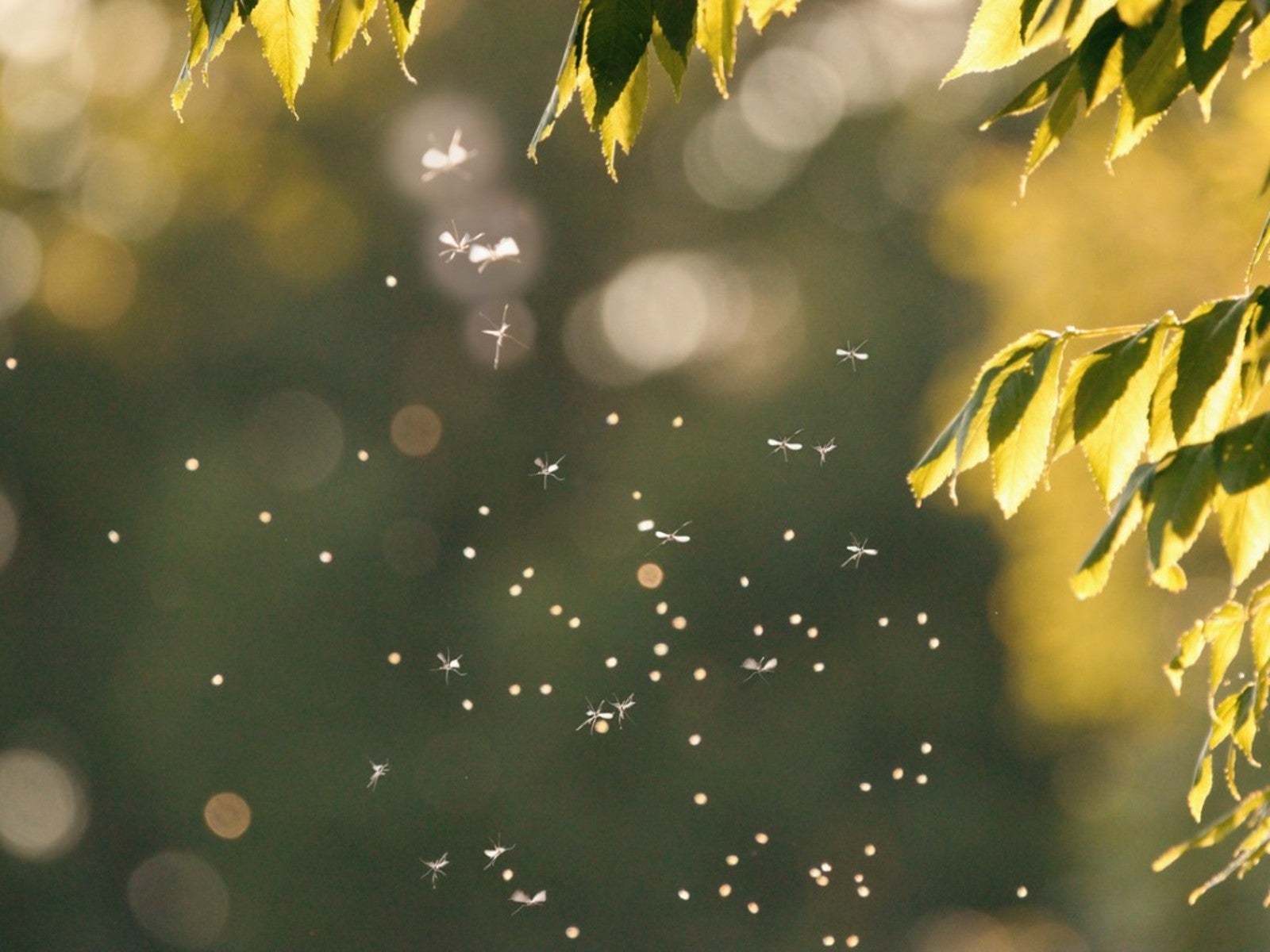 Honeysuckle Plants That Attract Mosquitoes
Honeysuckle Plants That Attract MosquitoesRecently, scientists have discovered a big problem: non-native honeysuckles might increase your yard’s mosquito population.
By Mary Ellen Ellis
-
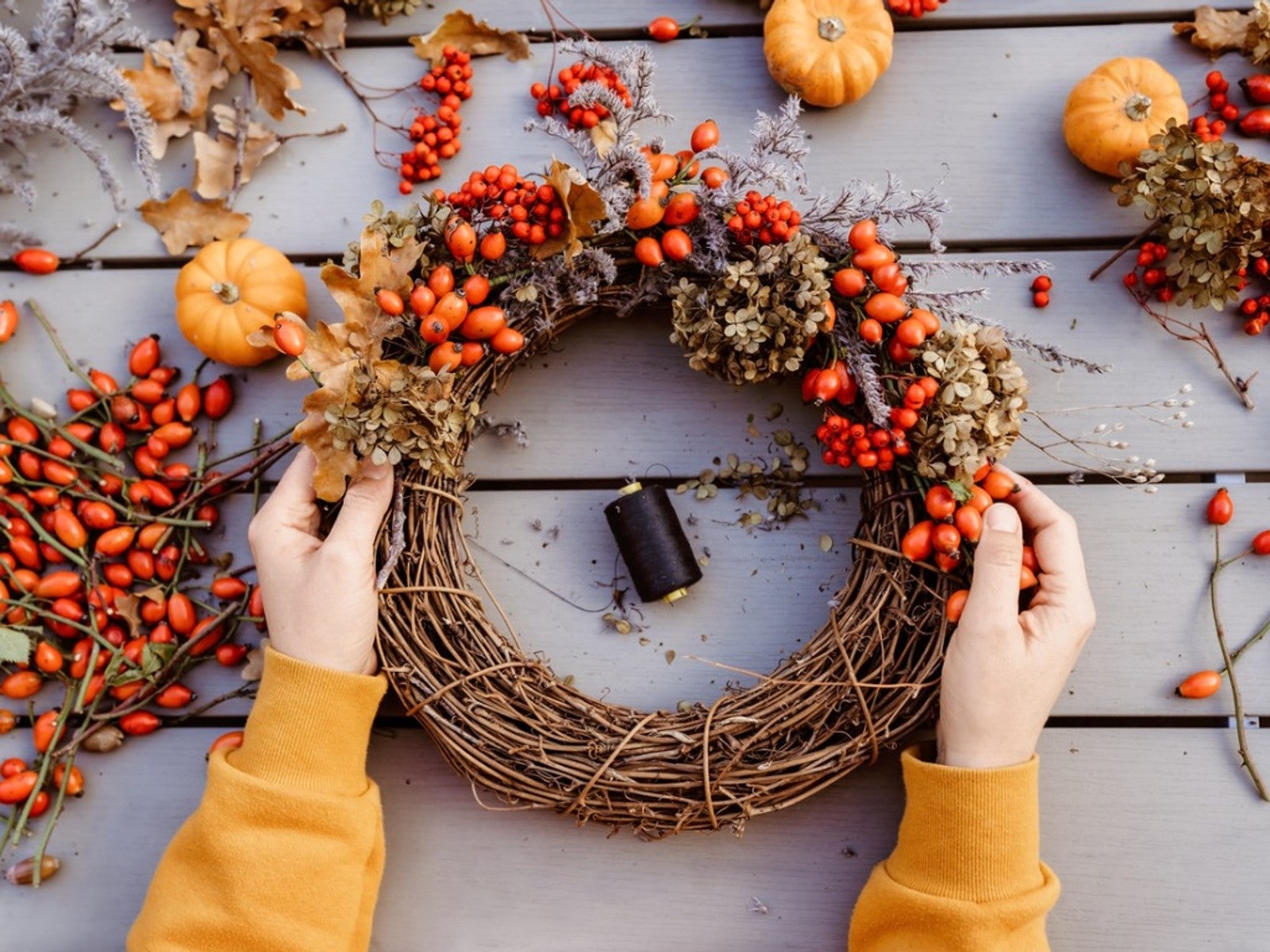 DIY Honeysuckle Wreath: How To Harvest And Use Honeysuckle
DIY Honeysuckle Wreath: How To Harvest And Use HoneysuckleWreaths lend a natural note to holiday decorations. Learn how to make a honeysuckle wreath for a keepsake you can use for years to come.
By Mary Ellen Ellis
-
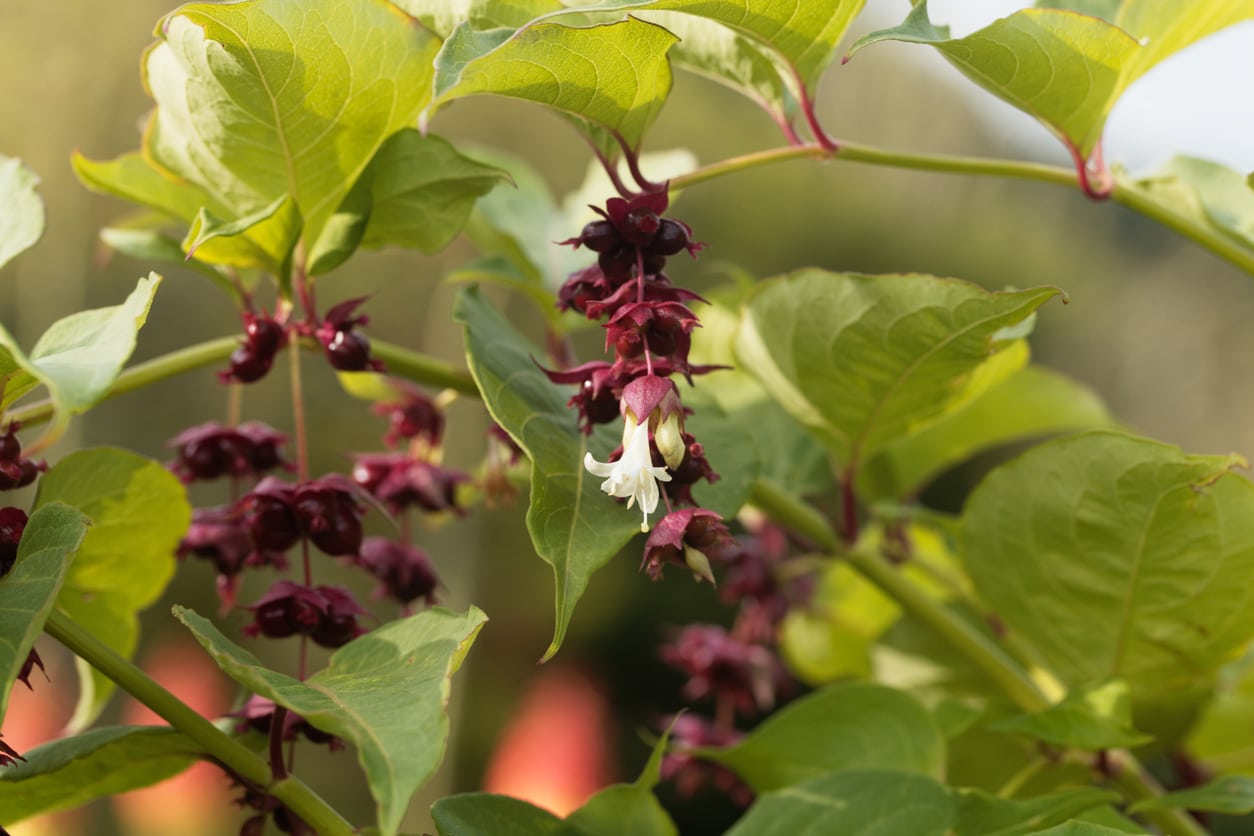 Himalayan Honeysuckle Plants: Tips For Growing Himalayan Honeysuckles
Himalayan Honeysuckle Plants: Tips For Growing Himalayan HoneysucklesHimalayan honeysuckle plants develop a truly unique looking flower. It is a carefree blooming plant that is attractive to butterflies, bees and even hummingbirds. The blooms are followed by tiny purple berries. Learn more about the plant in this article.
By Bonnie L. Grant
-
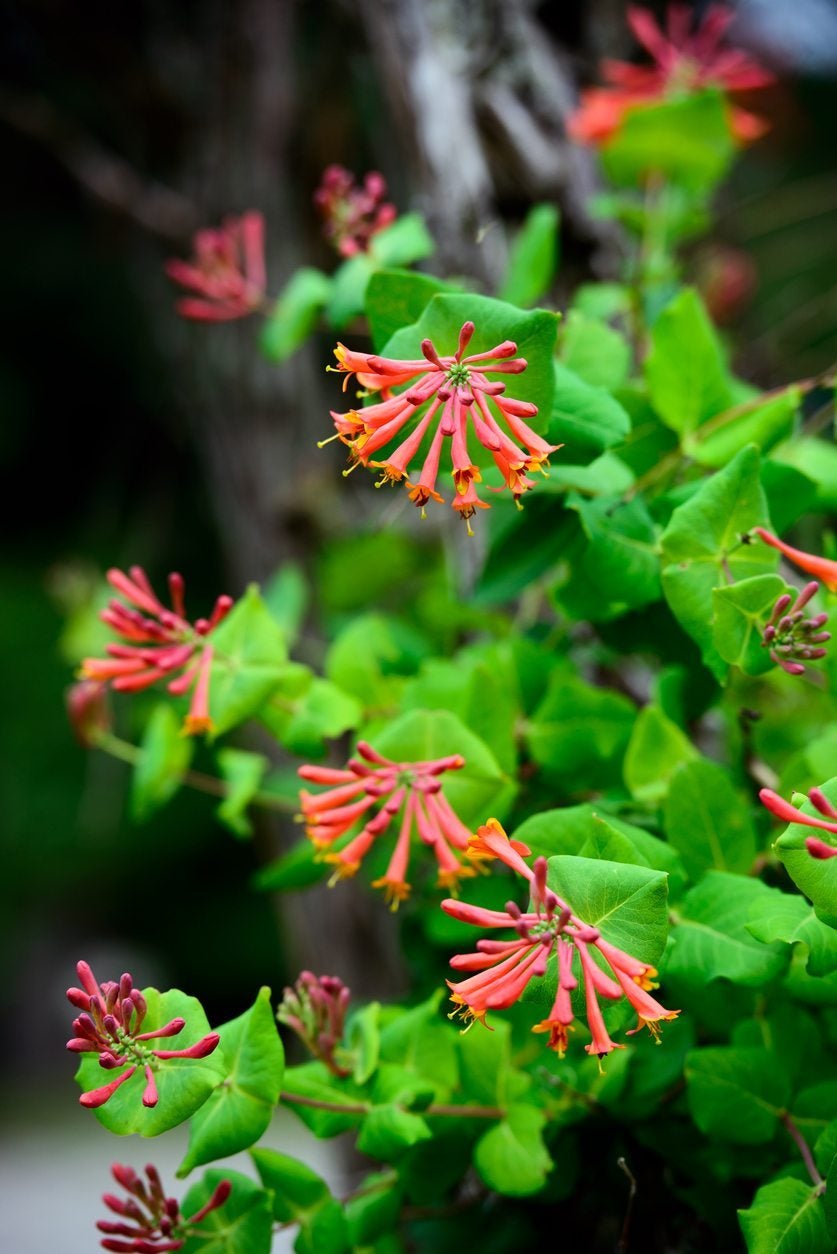 Coral Honeysuckle Info: How To Grow Coral Honeysuckle In The Garden
Coral Honeysuckle Info: How To Grow Coral Honeysuckle In The GardenCoral honeysuckle is a beautiful, fragrant, flowering vine native to the southern United States. It provides a great cover for trellises and fences that is the perfect alternative to its invasive, foreign cousins. Learn more coral honeysuckle info in this article.
By Liz Baessler
-
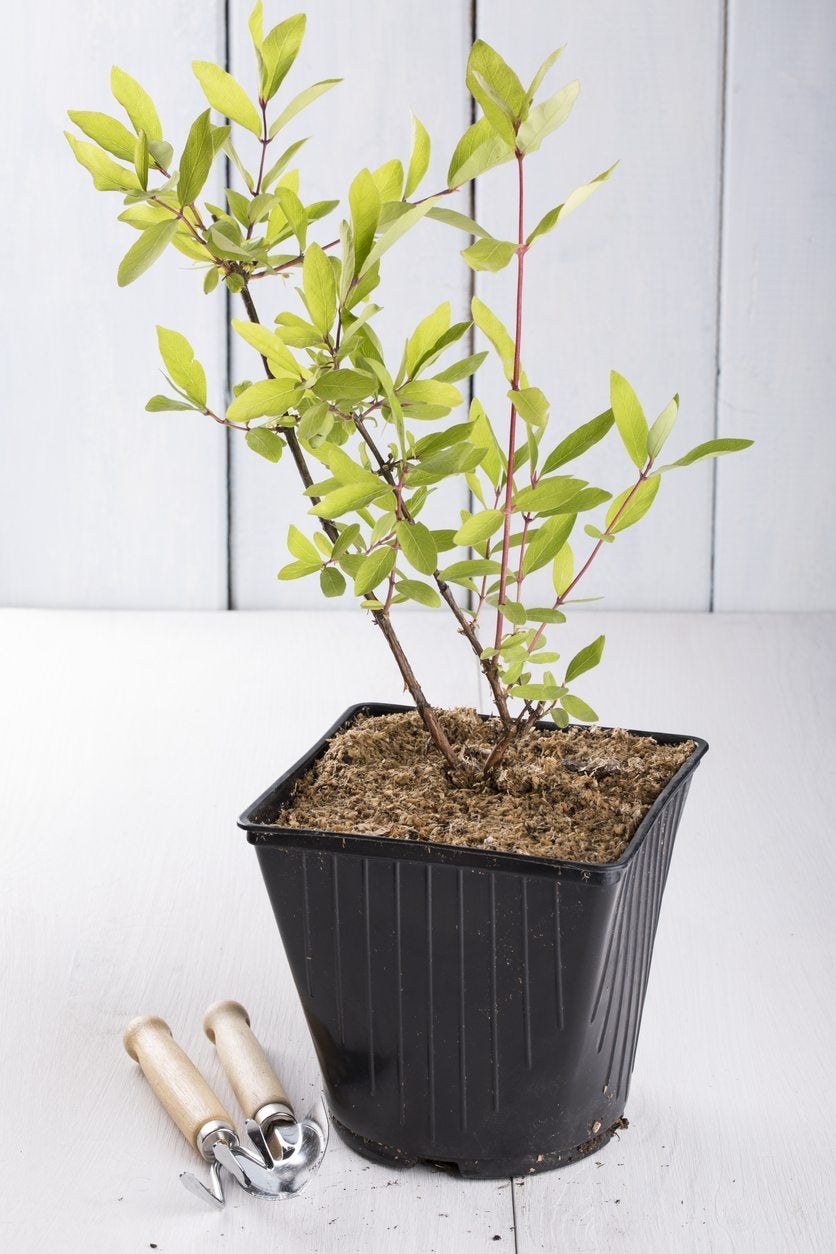 Honeysuckle Seeds And Cuttings: Tips For Propagating Honeysuckle Plants
Honeysuckle Seeds And Cuttings: Tips For Propagating Honeysuckle PlantsThe non-invasive honeysuckle is a desirable garden plant for pretty flowers. Propagating honeysuckle can be done in several ways. To expand the reach of this pretty, shade-creating vine in your garden, follow the tips and guidelines found in this article.
By Mary Ellen Ellis
-
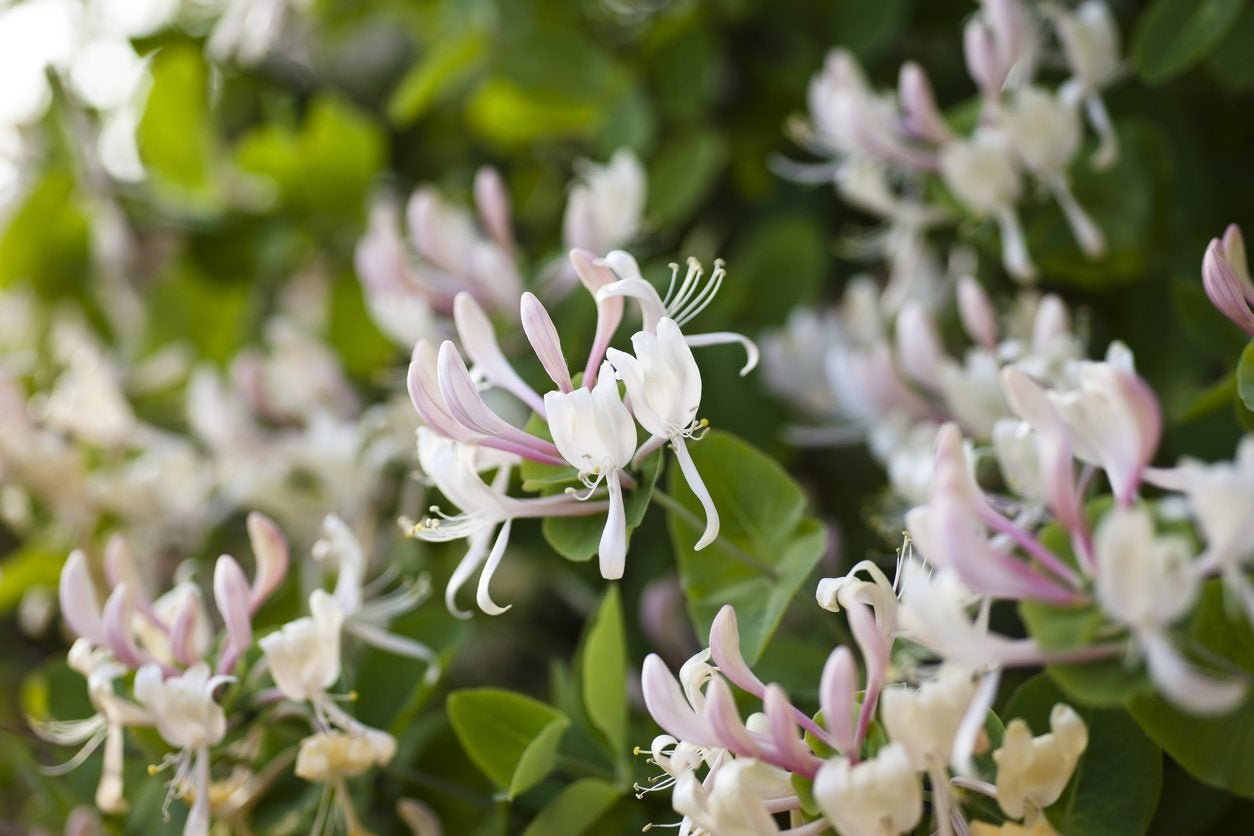 Transplanting Honeysuckles: How To Transplant A Honeysuckle Vine Or Shrub
Transplanting Honeysuckles: How To Transplant A Honeysuckle Vine Or ShrubEven the most attractive plants must be moved around in the garden sometimes. Whether you have a vine or a shrub, transplanting honeysuckles isn't too hard, as long as you know what you are doing. The information in this article will help get you started.
By Teo Spengler
-
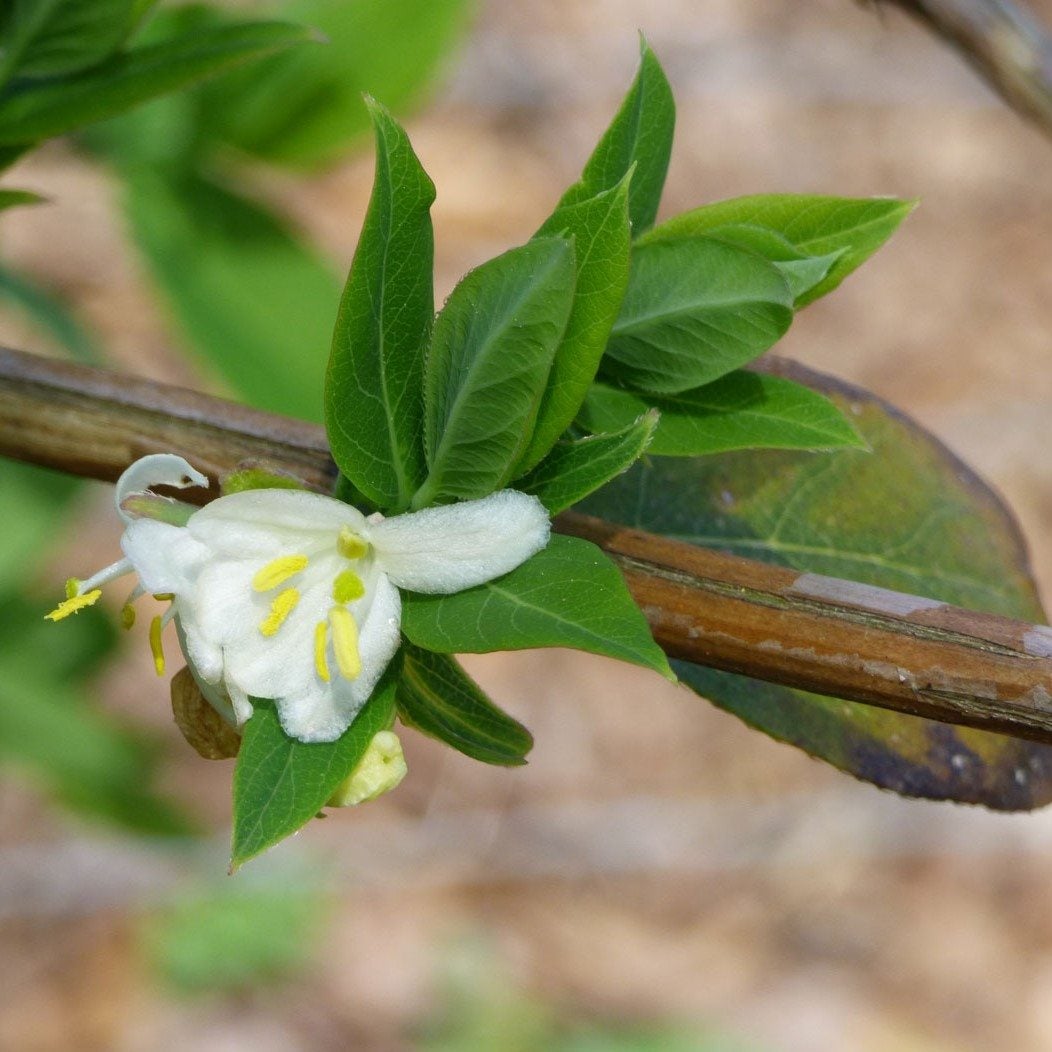 Care Of Winter Honeysuckle: Tips On Growing Winter Honeysuckle Shrubs
Care Of Winter Honeysuckle: Tips On Growing Winter Honeysuckle ShrubsThe winter honeysuckle bush has delightfully fragrant flowers popular with gardeners and landscapers. You can even find unattended stands thriving at crumbling old homesteads and graveyards. Learn more about winter flowering honeysuckle plants in this article.
By Jackie Carroll
-
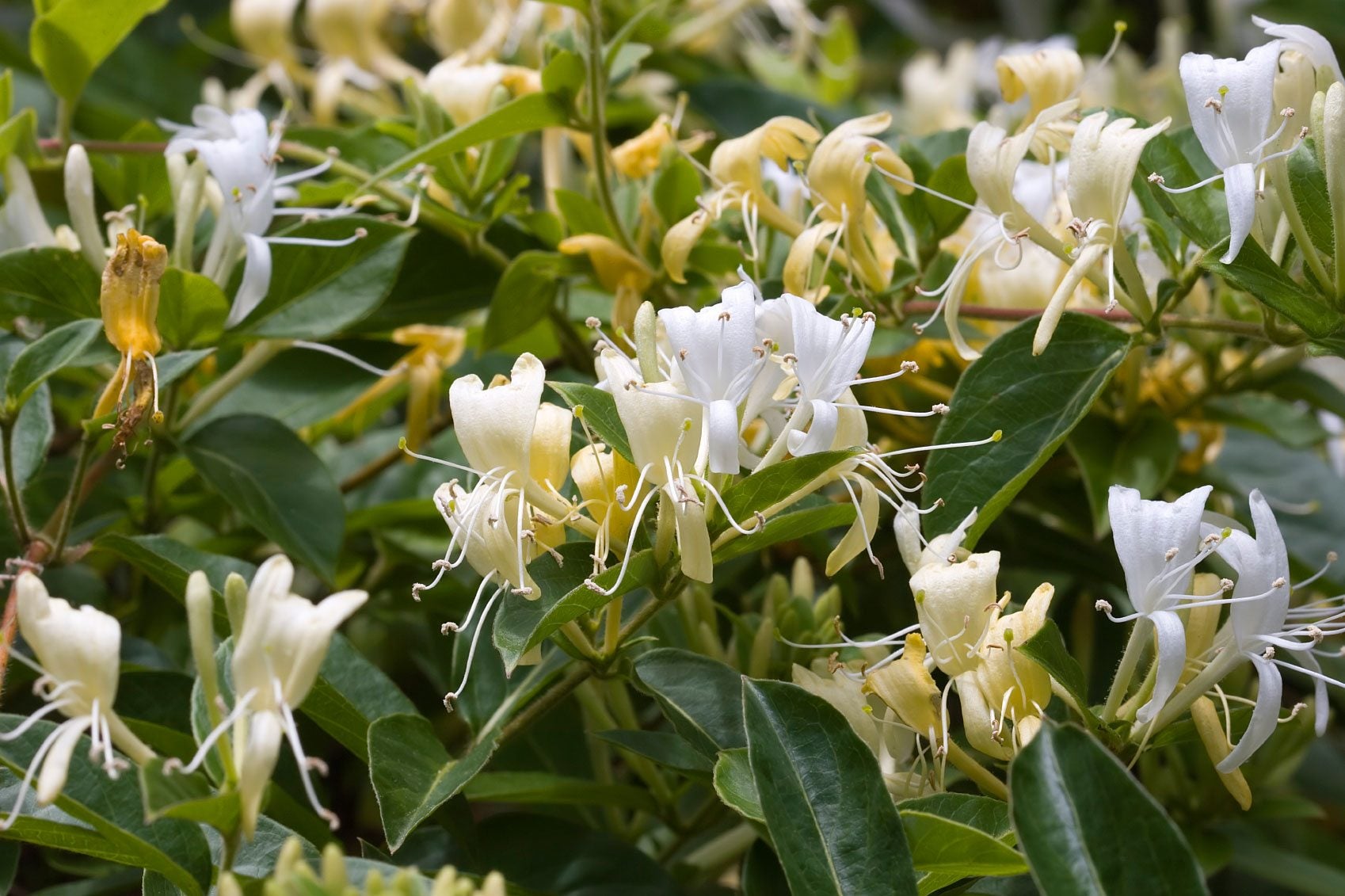 Japanese Honeysuckle Weed: How To Control Honeysuckle In Gardens
Japanese Honeysuckle Weed: How To Control Honeysuckle In GardensJapanese honeysuckles are invasive weeds that can take over your garden and damage the environment. Learn how to distinguish native honeysuckle from the exotic species and techniques for honeysuckle weed control in this article.
By Jackie Carroll